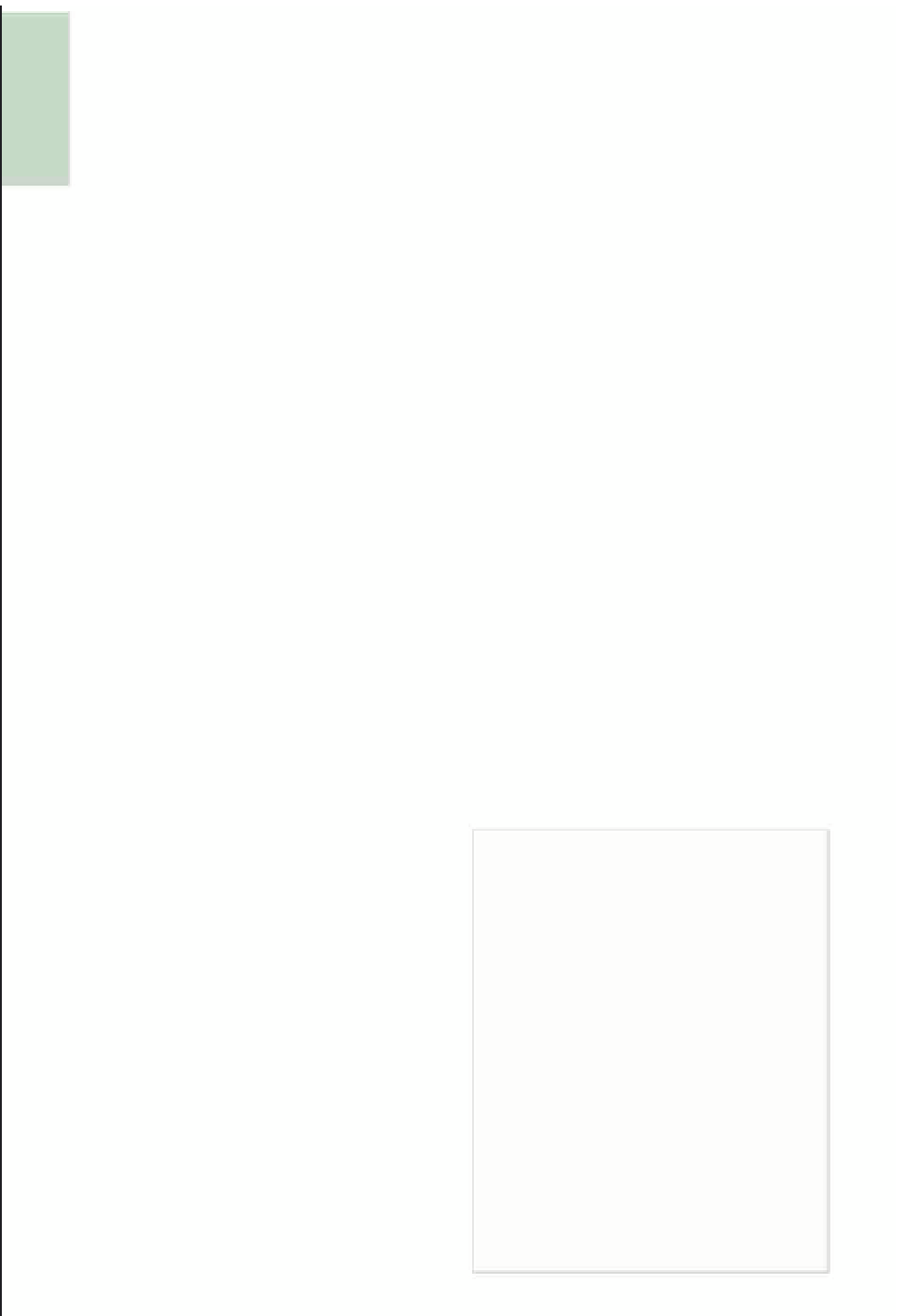Travel Reference
In-Depth Information
9
in 1536, it was rebuilt after the 1650
earthquake in a rich combination of
Baroque and Renaissance styles. While its
facade is exceptional, the highlight is a
breathtaking 1720s
monstrance
standing
a metre high; it was crafted by a Spanish
jeweller using more than six hundred
pearls, 1500 diamonds and 22kg of solid
gold. The monastery also possesses a fine
collection of
Escuela Cusqueña
paintings,
and entombed in the church on the far
side of the cloisters are the bodies of the
two Diegos de Almagro, father and son,
the former executed for rebelling against
Francisco Pizarro and the latter for killing
Pizarro in revenge.
Boleto Turístico) is home to fascinating
pre-Inca ceramics, plus a Nazca mummy
with 1.5m-long hair, and a number of
Inca artefacts such as bolas, maces, and
square water dishes that functioned as
spirit levels. The museum also displays
some gold and silver llamas found in
1996 in the Plaza de Armas when
reconstructing the central fountain,
golden figurines from Sacsaywamán
and wooden
quero
drinking vessels and
dancing masks from the colonial era.
Museo de Arte Precolumbino
On the western side of the small, quiet
Plaza Nazarenas, the
Museo de Arte
Precolumbino
housed in the Casa
Cabrera (daily 8am-10pm; S20) has an
open courtyard that's home to
MAP Café
,
one of Cusco's finest restaurants, and
elegant exhibition rooms displaying some
exquisite pre-Columbian works of art,
including a fine collection of Nazca and
Mochica pottery and ornately carved
Mochica ceremonial staffs, all labelled in
English, French and Spanish.
Plaza San Francisco
Continue on another block and you'll
come to the
Plaza San Francisco
, which
comes alive on Sundays with street
performers and food stalls selling
traditional favourites. The square's
southwestern side is dominated by
the simply decorated
Convento de San
Francisco
(Mon-Sat 7-8.30am &
5-8pm, Sun 7am-noon & 5-8pm; free),
completed in 1652. The two large
cloisters inside have a large collection of
colonial paintings, while the attached
Museo
(Mon-Fri 9am-noon & 3-5pm,
Sat 9am-noon; S5) features a work by
local master Juan Espinosa de los
Monteros, responsible for the massive oil
canvas measuring 12m by 9m - allegedly
the largest in South America. Look out
also for an unusual candelabra made out
of human bones.
San Blas
Just around the corner you come to the
narrow alley of
Hathun Rumiyoq
, the
most famous Inca passageway of all.
Within its impressive walls lies the
celebrated
Inca stone
; the twelve-cornered
block fits perfectly into the original lower
ALTITUDE SICKNESS
Located at 3400m above sea level, Cusco
is, for most travellers, the highest point
on their trip.
Soroche
, or acute mountain
sickness (see p.35), is a reality for most
people arriving by plane from sea level.
Cusco's mountainous location also means
that a number of the city's steep streets,
in particular high up in San Blas, will
quickly leave you breathless as you
explore town. Make sure to take it easy
for the first couple of days, even sleeping
a whole day just to assist acclimatization.
Although Cusco's lively nightlife is an
obvious draw, stay away from bars at least
on the first night. Virtually all guesthouses
offer complimentary coca tea, a traditional
remedy for altitude sickness.
San Pedro Market
Stop in at the
San Pedro Market
(daily
8am-5pm) to enjoy a freshly squeezed
juice, or to stock up on anything from
llama toenail ornaments to herbal potions.
Although it is principally a food market,
there are several stalls selling traditional
costumes. Leave your valuables behind,
as pickpockets are rife here.
Museo Histórico Regional y Casa
Garcilaso
At the southern corner of Plaza Regocijo,
the
Museo Histórico Regional y Casa
Garcilaso
(daily 8am-5pm; entry with




































































Search WWH ::

Custom Search